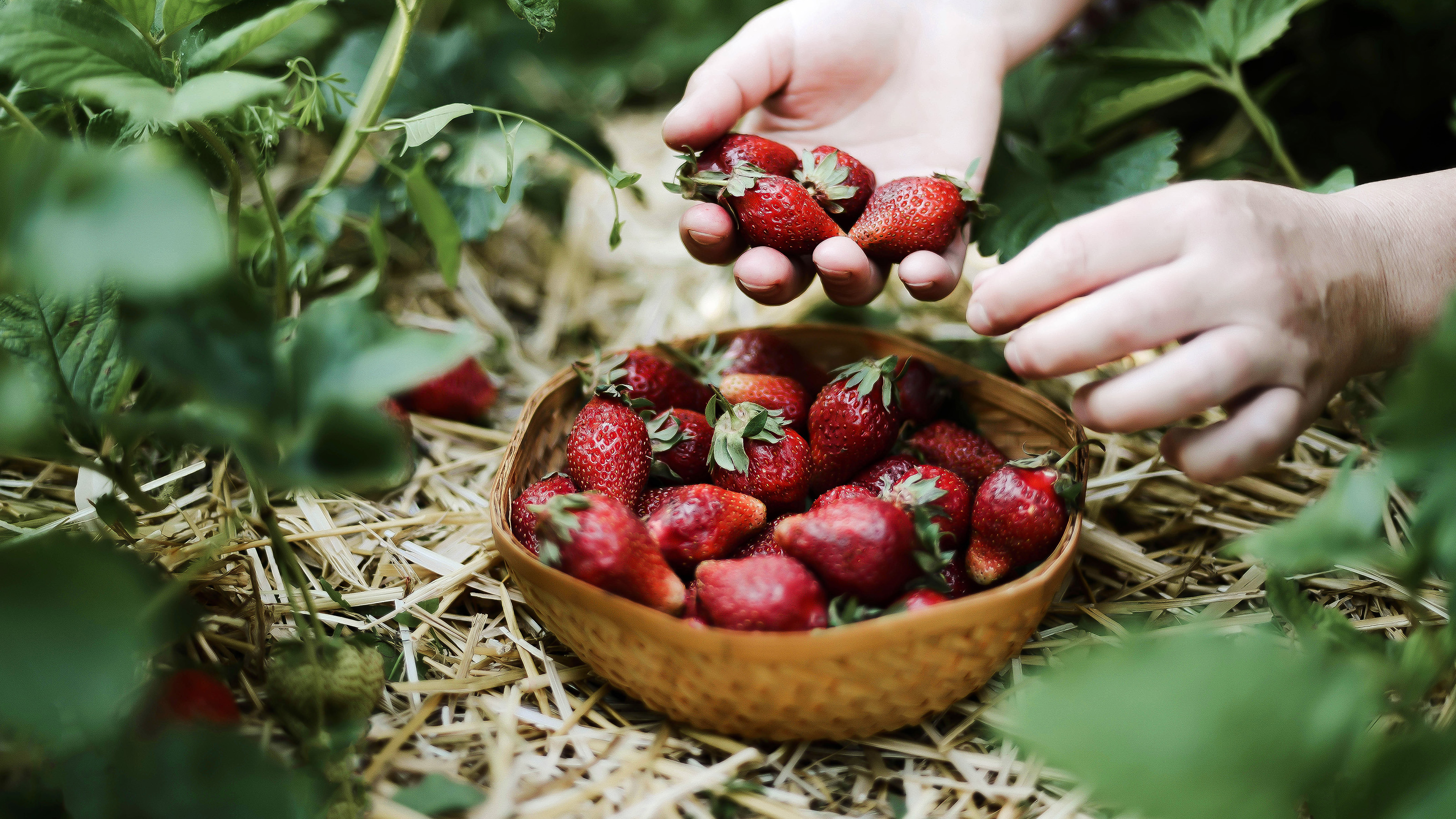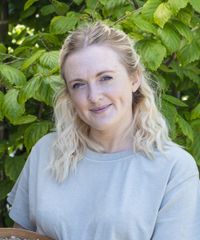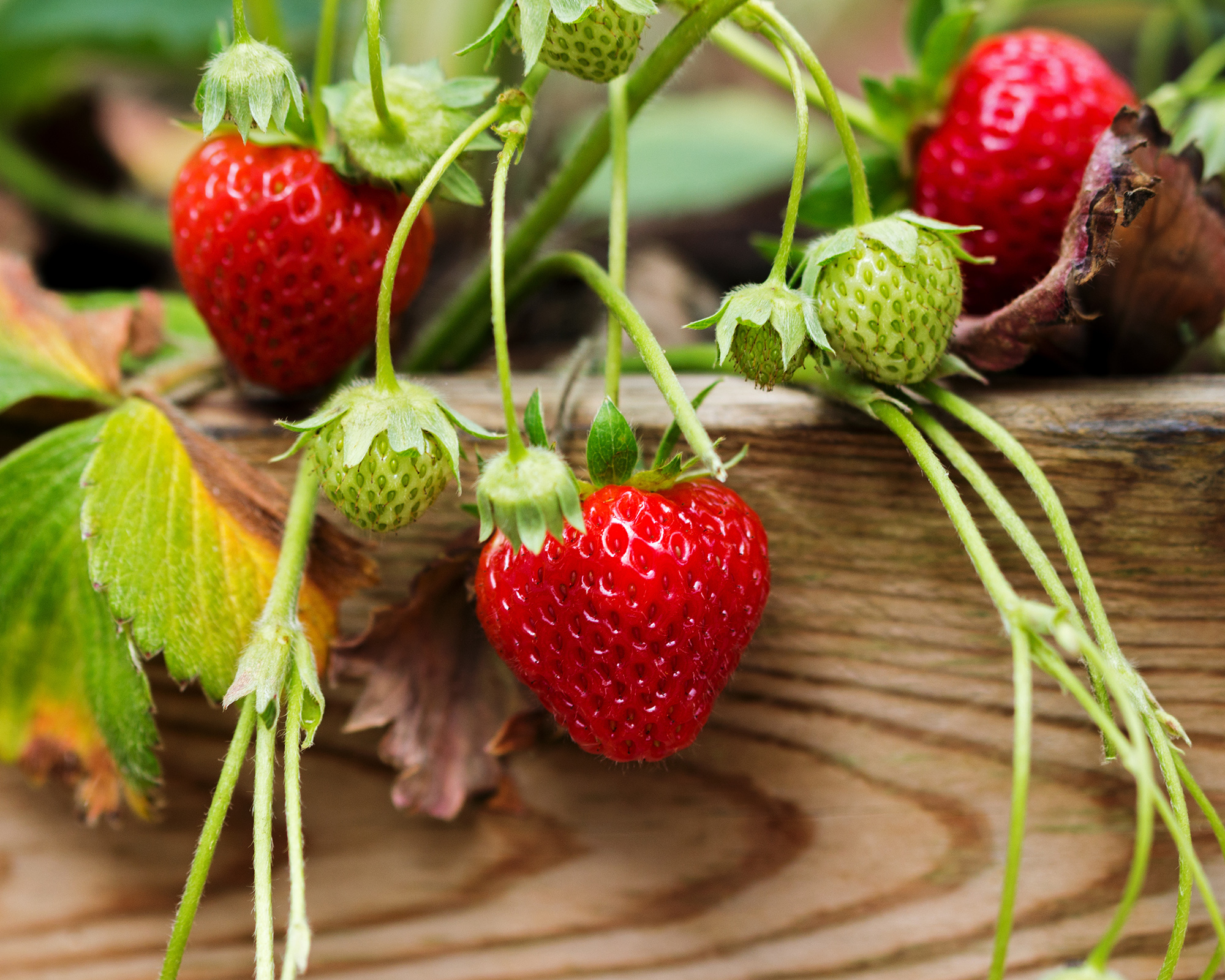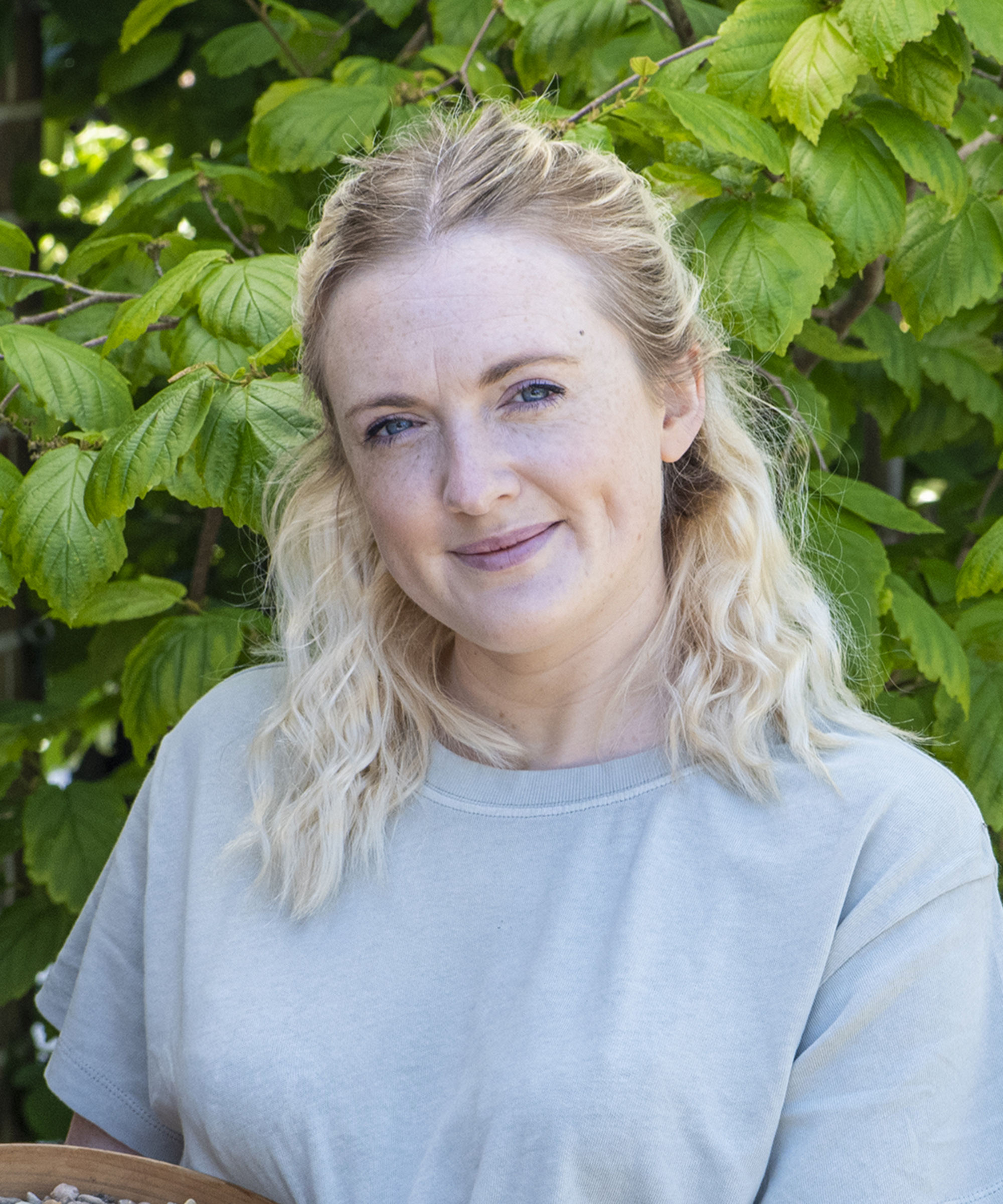How to harvest strawberry seeds to get free plants
Learning how to harvest strawberry seeds is quite straightforward, and will give you extra plants for your next crop


Learning how to harvest strawberry seeds from your fruit seems like a tempting task. Strawberries are fairly unique in the sense that they have their seeds on the outside.
The traditional way to propagate strawberry plants is from runners. Where the baby plants, which grow from the long stems, are pinned to the soil to take root. Whilst it may be the easiest, it is not the only method for propagation.
There are even certain strawberry varieties where you can plant the fruit straight in the ground and new plants will spring up (more on that later). But collecting strawberry seed from the fruit means that you can store the seed and use it to grow strawberries, only when you want to. Or you can give seed packets away as gifts, or take them to seed swap events.

How to harvest strawberry seeds
Adam Alexander AKA The Seed Detective, shares his own exclusive method for how to harvest strawberry seeds below. 'Unlike most fruits where the seeds are found on the inside, strawberry seed is on the outside of the fruit,' says Adam.

Adam Alexander's passion is collecting rare, endangered but, above all, delicious vegetables from around the world. He is a board member of the UK charity Garden Organic, and his knowledge and expertise on growing out vegetables for seed is highly valued by the Heritage Seed Library, for which he is a seed guardian. Adam shares seeds with other growers and gene banks in the USA, Canada and the EU. Adam's latest book The Seed Detective is out on 29 September 2022 and is available to pre-order.
- Use the right variety: 'It is important to only save the seed of a traditional open pollinated variety such as 'Cambridge Favorite'.
- Select the fruit: When starting off with how to harvest strawberry seeds, the first thing is to select a handful of the best fruit. I put them in a liquidizer and then strain the pulp through a fine sieve.
- Extract the seed: Rinse the seed left behind under the tap, and then spread them out on grease-proof paper to dry in a warm and airy place.
- Store for next year: The seed can then be kept in an envelope in a dry and cool place – I use a refrigerator – until ready to sow for free plants next year.
- Prep the seeds for use: Strawberry seed needs a period of cold, known as stratification, to trigger germination. In early fall sprinkle your collected strawberry seed onto the surface of a 4in pot of compost made up of equal parts sand, fine grit and compost.
- Wake with water: I water the surface and then cover with a fine layer of grit, and cover with a clear plastic bag. I leave the pot in a shady spot until early spring when I bring it into a warm greenhouse, although a sunny windowsill is fine. If there have been no, or few frosts through the winter, it is worth sticking the pot in the freezer for a week before bringing them in.
- Select the best seed: Seedlings can take time to emerge. Once they have four leaves in late spring, I select a few of the strongest looking seedlings to pot on into regular compost and put in a cold frame, although any warm and sheltered spot in the garden will do.
- Plant in place: The young plants can be moved to their permanent position, alongside your companion plants for strawberries, in late summer and hopefully you will have lovely strawberries to enjoy the following year.'
Whilst this is a great way to get free seeds, Adam feels it's important to note: 'Modern strawberry cultivars are the result of decades of selective breeding, and hybridization between distinct species. So the seed can be highly variable, meaning that you don’t always get vigorous new plants from seed they produce.'

Can you take seeds from a strawberry and plant them?
Simon Crawford of Burpee Europe says: 'Yes you can propagate seeds from strawberries.' His method is to dry the strawberries first and then simply remove the small yellow seeds on the outside by rubbing gently with your finger.
It is possible to plant certain strawberry fruits directly into the ground for an amazing free garden idea. 'The only strawberry that you can plant directly from ripe fruit is the wild strawberry,' says Adam Alexander.
'Simply put over-ripe berries where you want them to grow the following year and lightly cover with soil to stop the birds getting to them, and see what emerges next spring,' Adam advises.

How do you dry strawberry seeds for planting?
'Once you've learned how to harvest strawberry seeds, drying them can be as simple as laying out all your seeds on a paper towel and leaving in a cool dry place to dry,' says Simon Crawford. This is a similar method you would use when saving pumpkin seeds for planting. His advice for speeding up the drying process is to place them on a windowsill in the sun.
Once dry, store them in a cool dry place in an envelope until you're ready to start the seeds off in the new year. 'Most strawberries like a sunny spot with fertile, free-draining soil, though little alpine strawberries will thrive in shade as well,' says John Negas, expert at Amateur Gardening.
Can you save strawberry seeds?
'Yes you can,' says Simon Crawford. 'You can place them in a paper envelope or an airtight bag.'
'You can keep strawberry seed for many years if they are dry and cold,' adds Adam Alexander. 'So put any you want to sow in the future, in a small airtight jar or container and keep in the refrigerator.'

Teresa has worked as an Editor on a number of gardening magazines for three years now. So she is lucky enough to see and write about gardening across all sizes, budgets and abilities. She recently moved into her first home and the garden is a real project! Currently she is relishing planning her own design and planting schemes. What she is most passionate about when it comes to gardening are the positive effects it has on our mental health to grow and care for plants, as well as being great for the environment too and help provide food and shelter for wildlife.
